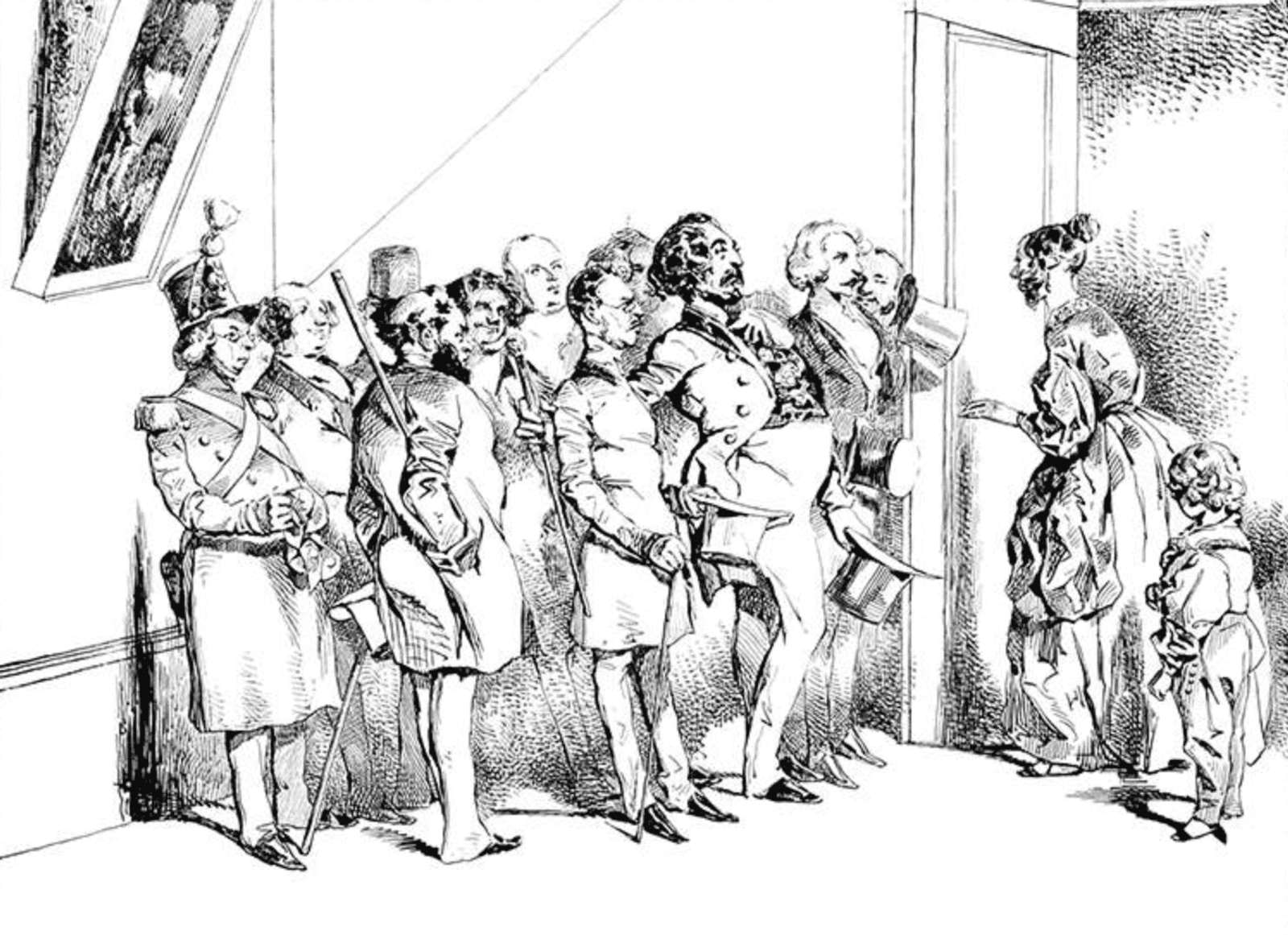A few weeks ago I attended the last traditional Latin Mass at Old Saint Mary’s in Washington, D.C. This church in Chinatown had been the epicenter of the old liturgy in D.C. for so many years; it had been offered there from the parish’s founding in 1845 until 1969, and then again from the middle of the 1980s until September 18, 2022. By order of Wilton Cardinal Gregory the old Mass is now suppressed at all parishes. Three non-parish churches are permitted Sunday-only traditional Masses, with no allowances for Mass on Christmas and other days of precept, ordinary weekdays, Easter, or Pentecost, nor may any other sacrament be administered according to the older form in the Archdiocese of Washington.
It was a somber occasion. I felt as if I were attending the funeral of a dear old friend or relative—perhaps one who had been the victim of homicide, not a natural death. The unnecessary loss of life was mourned by those who had nurtured and loved the parish and her liturgical life with their hearts and souls.
But it was also the Fifteenth Sunday After Pentecost, a day for rejoicing. I had been a member of the men’s schola for twenty-six years, and this was our last sung Mass. For the ordinary we chose Mass IV and Credo IV, which we had the manpower to rehearse. A girls’ chorus sang a Latin hymn, and there were motets from a polyphonic choir. One was reminded once again that Saint Mary’s has some of the best acoustics in the country.
One of my roles at Saint Mary’s was the head of the flower guild. I managed volunteers for each Sunday of the month, when a parishioner would purchase and arrange flowers for the main altar. In the weeks leading up to the last Mass, I asked the five ladies in the guild—usually committed to just one Sunday each month—whether they would be interested in going all out. They were. The high and side altars were covered in flowers thanks to those volunteers, as was a pedestal under a Marian statue with an arrangement procured by others in the congregation The votive candles were lighted all around the church. The pews were full.
The current pastor of Saint Mary Mother of God had been fighting on our behalf for months, making pleas to the cardinal to continue the traditional Mass at our parish. After being led by the chancery to believe that all would be well, our pastor found that his efforts were in vain. He had noted to Cardinal Gregory that sixty-four percent of the offertory collection was from the Latin Mass community, along with almost all of the volunteers—from the schola to the flower guild to the acolytes to the coffee and doughnut organizers to the ushers—everyone who kept the place functioning. Alas, once the battle was lost, the pastor turned against the Latin Mass faithful—on one occasion he shouted from the pulpit and chastised some of us by name. The next few months were predictably depressing, and attendance began to dwindle.
There was an organized homecoming effort for the last three Sundays. Several Catholics who used to attend the parish came back for a goodbye. I had assumed there would be a thank-you announcement directed at all those who had put so many years—and so much treasure and talent—into the parish. Instead, before the final Mass, the pastor ascended the pulpit to tell the congregation that they were prohibited from taking any photos, per archdiocesan policy. Gosh, you’re welcome?
From the choir loft I took about ten times as many photos as I usually would. An archbishop who could not even take the time to visit the parish he was effectively destroying was not in a position to dictate the terms upon which our final memories of the church would be captured.
So there was that. But we carried on. Because that is what Latin Mass communicants do. Still, there were tears. Kneeling at the altar rail, in my choir cassock and surplice, preparing to receive Holy Communion for the last time at Saint Mary’s, I did not succeed in holding it together, despite the injunction of Our Lord, Who, in the Gospel minutes earlier, had implored his followers, saying, “Weep not.” During the recessional, there were tears from young acolytes. They had only known Saint Mary’s. Their entire liturgical life had been there. And now it was over.
After Mass, the coffee and doughnut social in the basement, which followed every Sunday Latin Mass at Saint Mary’s, was packed. It was a reunion of friends—laughing, lamenting, reminiscing, eating, and drinking (and not just coffee). To some, we said goodbye, knowing they would be going to a different traditional Mass in Virginia, Maryland, or D.C. The pastor did not stop by. We were on our own. The laity embraced and had one last look at Saint Mary’s before cleaning up and heading out.
The collect of the Mass on that final day was meaningful to our congregation: “Let Thy continued pity, O Lord, cleanse and defend Thy Church: and because it cannot continue in safety without Thee, may it ever be governed by Thy goodness.”
All Cardinal Gregory had to do was to take the pastor’s offer to designate Saint Mary’s as a shrine instead of a parish, and most problems would have been solved, with the old Mass continuing even now. But the old German church in Chinatown is now his challenge, including the question of who on earth is going to pay for its maintenance. (The Archdiocese of Washington has reported in recent years that it is many millions of dollars in the red). Saint Mary’s was a very special place for a great many of us who now worship elsewhere. We can only pray that we are allowed to return home soon.




